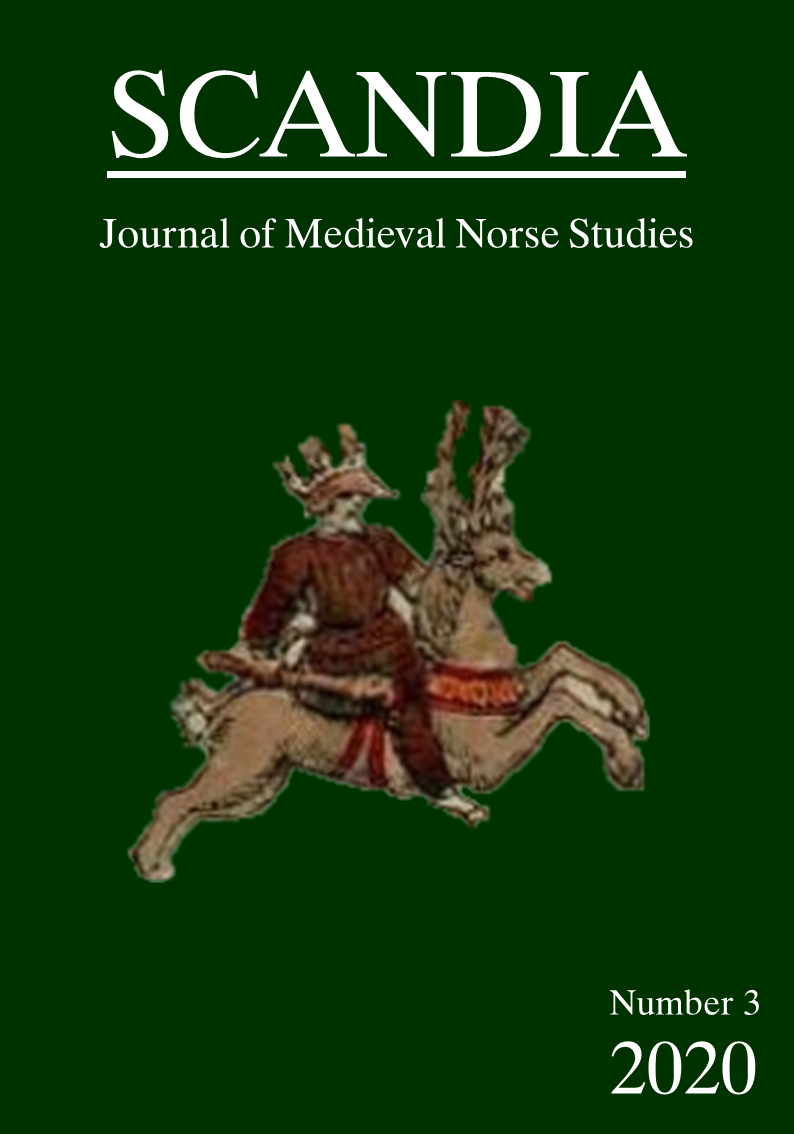THE WORK THAT DOES NOT EXIST: RICHARD WAGNER AND THE LEGENDARY BLACKSMITH
Résumé
Abstract: In 1850 Richard Wagner wrote a libretto for an opera that should have been called Wieland der Schmied. The music for this text was never composed. The legendary figure of the blacksmith will remain a character without music or stage even though Wagner attached to this matter considerable importance as it can be argued by reading his Das Kunstwerk der Zukunft. Wieland der Schmied, however, represents a meaningful text to define the relationship between Wagner and the myth. In rereading the subject of the Old Norse Vnlundarqviða and the Þiðreks saga Wagner does not simply outline the character of the blacksmith only as homo faber, as example of demiurgic cleverness: fusion becomes the symbol of an aesthetic creation and the forging of the wings is the material evidence of a genius’ possibility of elevating above everything material. The blacksmith becomes the symbol of the artist, aware of his creative genius and claiming full and absolute freedom. Through this shift of perspective the German composer expresses, using the mythic element, the irreconcilable conflict between the artist and his time. In this paper I’ll analyse Wagner’s draft drama and the Old Norse sources in order to highlight the problematic relationship between Wieland der Schmied and the ancient Germanic mythology
Téléchargements
Téléchargements
Publiée
Numéro
Rubrique
Licence
The author (s) of the original submitted undertake to comply with the following:
- All authors are publicly responsible for it.
- The authors claim that this original is their own and that they assume full responsibility to third parties, whether moral or patrimonial, by reason of its content, stating that the work does not infringe any intellectual property rights of third parties.
- The author (s) agree to the copyrights of the original to Scandia Journal, to which they grant permission for its reproduction, editing and online publication.
- The author (s) grant their copyright of their original to the Scandia Journal, licensed under the Creative Commons Attribution License, which allows the sharing of this work with the acknowledgment of their authorship.
- The author (s) have permission and are encouraged to cite and distribute their original.


